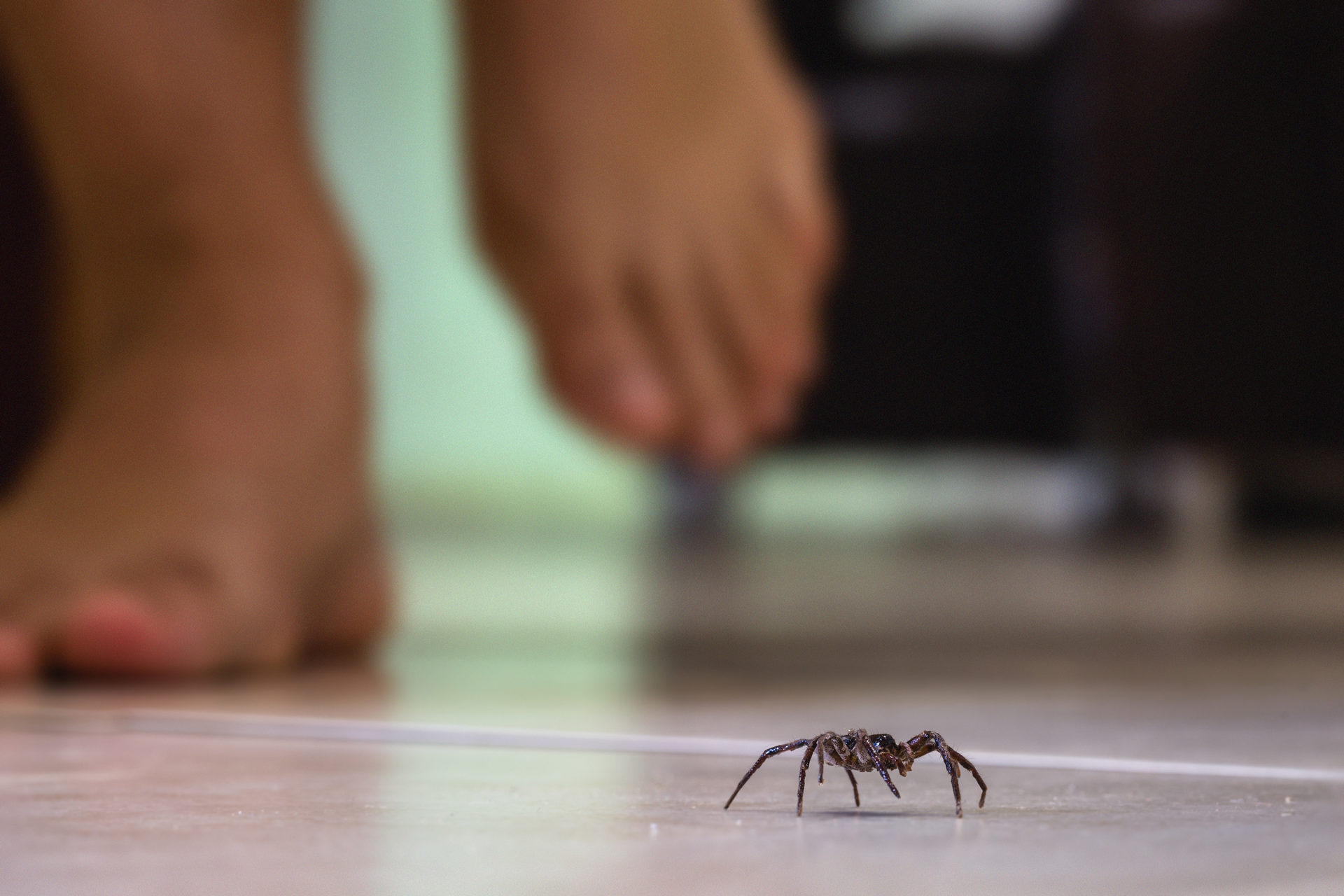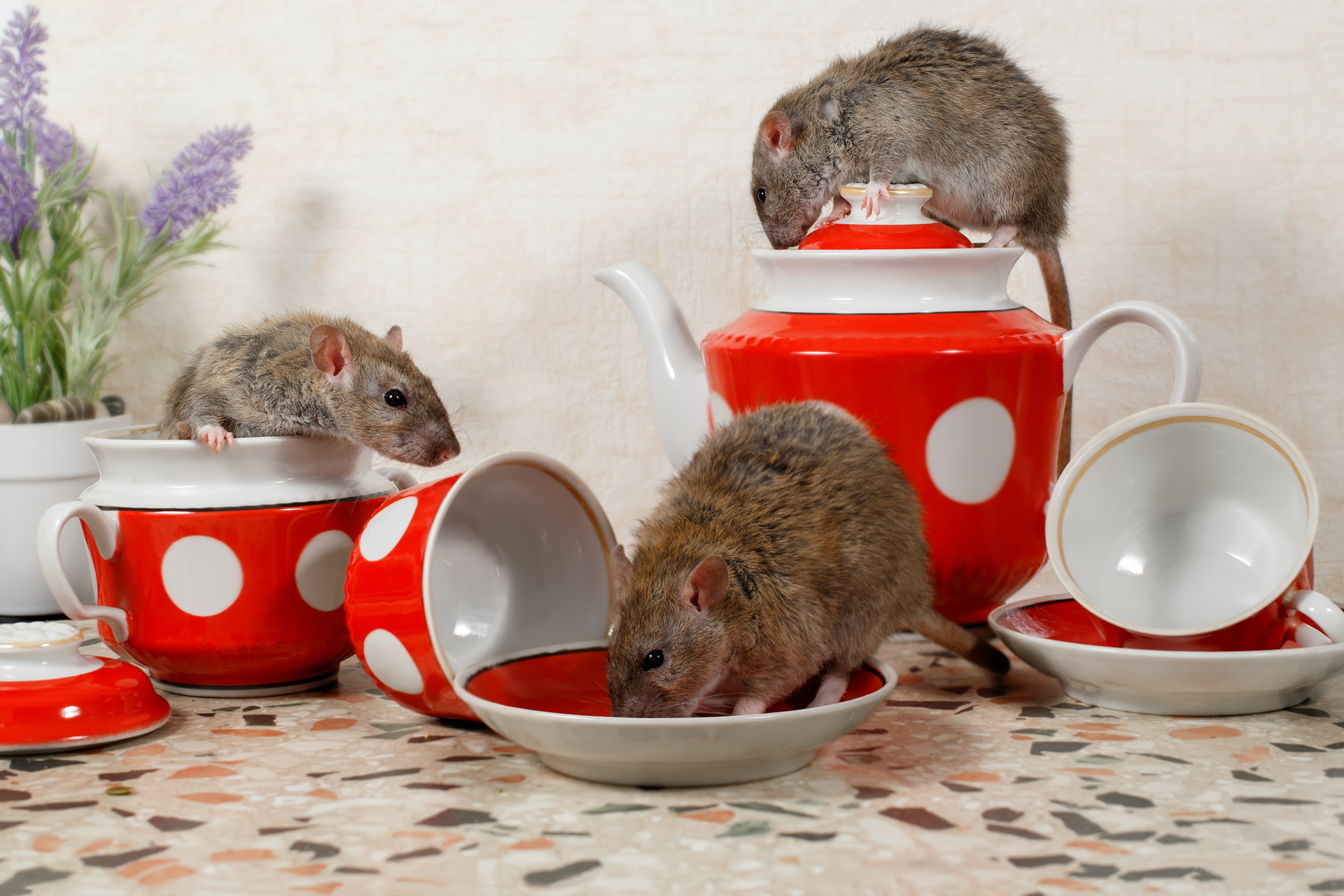Debunking Pest Control Myths
Clearing Up Common Misconceptions About Pest Control
The world of pest control is riddled with myths and misconceptions, some of which have been passed down through generations. These myths often shape the way homeowners approach pest problems, sometimes leading to ineffective or even harmful practices. It's easy to see why these myths gain traction; pests are a common problem, and most people are eager for simple solutions.
Cheese As Bait
The association between mice and cheese may stem from historical practices. In times past, when food storage methods were primitive, cheese was often stored in ways that made it accessible to rodents, thus making it one of the more commonly pilfered food items. Media and folklore have further cemented cheese as the bait of choice in the collective imagination. From classic cartoons showing mice hypnotically drawn to cheese-laden traps to old tales depicting similar scenarios, the idea has been perpetuated without much challenge.
Mice are far more attracted to foods with high sugar, fat, or protein content, which makes sense from a survival standpoint. Foods such as peanut butter, chocolate, and grains offer much more nutritional value and are thus more enticing to these rodents. Peanut butter’s strong smell and sticky texture, which requires the mice to work longer at the trap, increasing the chances of capture, make it superior to the less aromatic and easily snatched cheese.
The Daddy Longlegs Venom Myth
One of the most widespread myths in the world of arachnids is that daddy longlegs, also known as harvestmen, possess the most potent venom of any spider, but their fangs are too short to bite humans. This tale has circulated through playground whispers and internet forums alike, fostering an enduring intrigue and fear.
The daddy longlegs myth likely stems from confusion between different types of similarly named creatures. The term "daddy longlegs" can refer to two distinct types of arachnids: the harvestman, which belongs to the order Opiliones, and the cellar spider, part of the order Araneae. This mix-up has contributed significantly to the myth's longevity, as cellar spiders do have venom and are capable of envenoming their prey, whereas harvestmen do not.
First and foremost, it's important to clarify that harvestmen, the true daddy longlegs, do not have venom glands at all, and therefore, they are completely harmless to humans. Unlike spiders, which use venom to immobilize or kill their prey before consumption, harvestmen do not need venom because they primarily feed on decomposing plant and animal matter, not live prey. Their mouthparts are designed for scavenging rather than biting.
Spiders & Drains: The Flushing Myth
Among the myriad of urban legends surrounding spiders, one of the most persistent is the notion that spiders frequently crawl up drains and emerge in toilets. This unsettling idea has fueled countless fears and cautionary tales, leading many to take extreme measures to avoid such encounters. However, like many myths, the reality behind the "flushing" phenomenon reveals a far less sensational truth.
The concept of spiders emerging from drains likely originated from a combination of fear, imagination, and the occasional rare occurrence. Spiders are often associated with damp, dark places, and drains certainly fit that description. Additionally, the idea of encountering a spider in such an intimate setting as a toilet can trigger deep-seated fears and capture the imagination.
While it is possible for a spider to find its way into a drain, the likelihood of such an event is exceedingly low. Most spiders prefer to avoid water and are unlikely to willingly venture into the wet environment of a drainpipe. Additionally, the structure and design of modern plumbing systems make it difficult for spiders to navigate through the intricate network of pipes.
Furthermore, the force of water flowing through drains, particularly in toilets, poses a significant obstacle for spiders. Their delicate bodies and lack of buoyancy make it highly improbable for them to survive being flushed through the plumbing system unscathed.
Bed Bugs: Dispelling The Myth Of Dirty Environments
The idea that bed bugs are exclusive to dirty environments likely stems from a general association between pests and unsanitary conditions. It's a common belief that pests thrive in cluttered, unclean spaces, and bed bugs are no exception. This misconception has been perpetuated through various channels, including media portrayals and word-of-mouth, leading many to mistakenly believe that cleanliness is the sole determinant of a bed bug infestation.
In reality, bed bugs are not attracted to dirt or filth; rather, they are drawn to warmth, carbon dioxide, and blood—their primary sources of sustenance. This means that bed bugs can be found in any environment where humans reside, regardless of cleanliness. They are equal-opportunity pests, making themselves at home in both immaculate residences and those with less-than-perfect housekeeping standards.
Furthermore, bed bugs are highly adaptable creatures capable of surviving in a wide range of environments, from luxury hotels to low-income housing. They can hide in cracks and crevices, furniture, bedding, and even electrical outlets, making them incredibly difficult to eradicate once they've established a presence.
Dispelling Misconceptions About Clothing Damage
The idea that moths are drawn to clothing and actively consume fabric likely originates from observations of moth larvae, commonly known as caterpillars, feeding on natural fibers such as wool and silk. This association between moths and damaged clothing has been reinforced through popular culture and urban legends, leading many to believe that moths pose a significant threat to their wardrobes.
While it is true that certain species of moths, such as the clothes moth are attracted to natural fibers found in clothing, their primary interest lies not in consuming fabric but in seeking out suitable environments for laying eggs. Female moths are drawn to dark, undisturbed areas where they can deposit their eggs, which subsequently hatch into larvae that feed on organic materials such as wool, silk, fur, feathers, and even stored food products.
It is no myth that 1st Defense Pest offers reliable solutions to your pest control needs. Don't let misconceptions dictate your actions—trust in our expertise to keep your home pest-free. Contact us today for a thorough inspection and customized pest management plan tailored to your specific requirements.
All Rights Reserved | 1st Defense Pest Solutions






